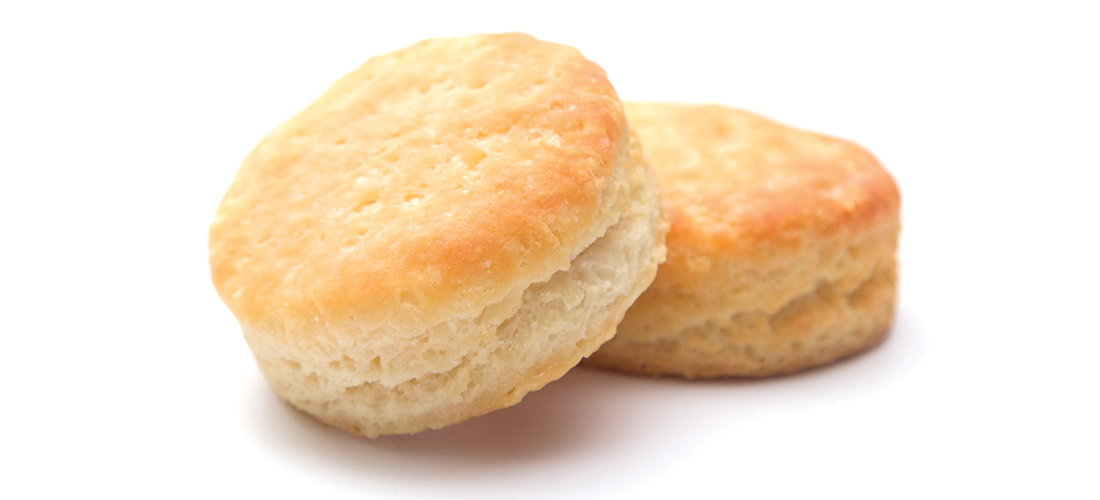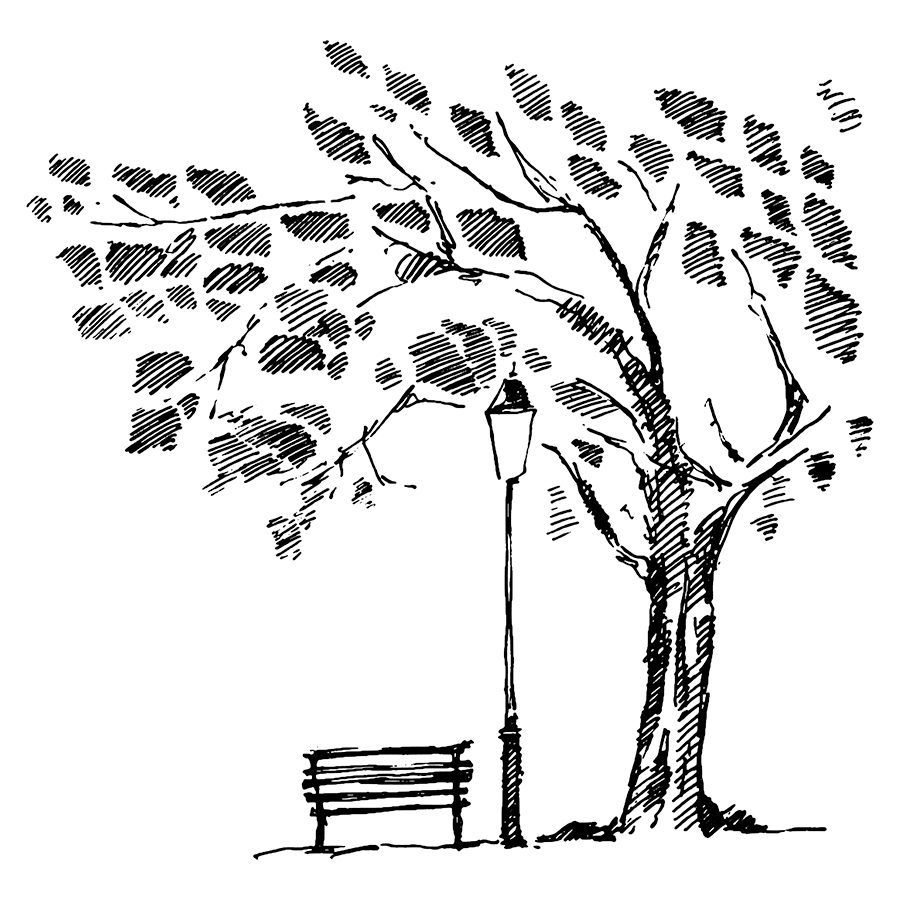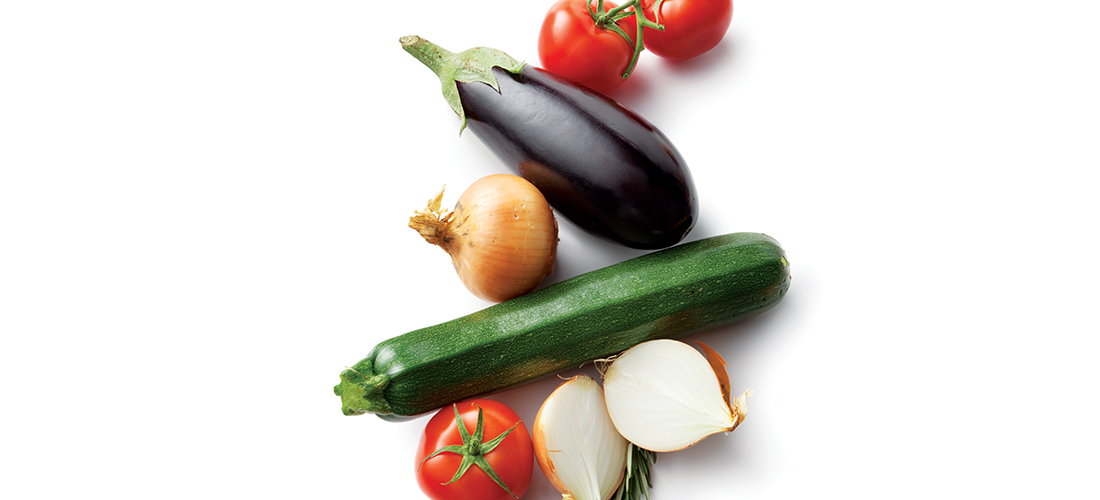Simply Irresistible
Bitten by the design bug
By Cynthia Adams
Skimming the auto classifieds recently, an ad set in a retro font called Courier New tripped the circuitry of my brain to a repressed memory. I froze, slopping my morning coffee as I recalled another ad entry from the past, under “Antique Cars” (with a nod to the Robert Palmer song).
SIMPLY IRRESISTIBLE. 1971 Volkswagen Convertible; electric blue. New paint, top and tires. Restored. Garaged. Winston-Salem.
The price, a gulper, reflected its merit.
My eyes raked over the thumbnail-sized picture. The unfurled soft top combined with its rounded wheelhouses made me nostalgic for the, well, freewheeling days of the counterculture era. Not to mention the near indestructible, classic four-cylinder air-cooled boxer engine — a tribute to German engineering for sure — strategically placed in the rear of the car. It was love at first bug bite!
As I dialed, hand trembling with excitement, I feared it was already gone.
The owner, who sounded elderly (ah, perfect!) said I could see it that afternoon.
He had fielded several inquiries. If serious, “bring cash. Not many cars like this.”
“She’s anything but typical,” I heard Palmer singing in my head.
At that, I scurried off to withdraw the exact price (“nonnegotiable” the owner made clear), shivering with excitement.
I had long wanted a vintage VW convertible — what our architect friend, Greg Koester, jokingly tagged “a bitch bucket.” This was the one!
I hummed, “She’s a craze you’d endorse,” from Palmer’s song.
Leaving the bank, I called my husband. “I need for you to take me to Winston- Salem in a couple of hours.”
He agreed.
On the drive over, he negotiated. “Don’t do it,” he pleaded.
“Nonnegotiable,” I replied sassily, quoting the seller. Then I sang, “She’s a craze you’ll endorse, she’s a powerful force/You’re obliged to conform when there’s no other course.”
He gripped the wheel. “Look, it’s an old car. I think it’s a bad idea.”
Unfazed, I felt bubbling anticipation.
The owner’s hip bothered him, so he took a while ambling out when we arrived. He retreated to the garage, reappearing in the adorable blue car. Exiting stiffly, he patted the pristine white top.
“Cute, huh?”
He didn’t need to sell me, as I was silently singing, “She used to look good to me, but now I find her/Simply irresistible . . .”
As my knees weakened at the sight of her, the seller mentioned he was a Shriner.
“We take an oath; we cannot lie. Truth is, this car is worth a lot more than I’m asking.”
While I didn’t buy that line wholesale, I was still thinking of Palmer’s lyrics:
“It’s simply unavoidable/The trend is irreversible.”
“Can you drive a straight?” he asked, interrupting my silent singing. “Wanna drive it?”
I grinned.
He handed me the key.
I slowly circled the drive, singing, “She’s all mine, there’s no other way to go.”
“Hasn’t been out much,” he observed when I rolled back, having never gone faster than a few miles per hour. “Needs the carbon blown out.”
Of course, I thought, the old guy probably hadn’t driven it since 1975.
With that, I shook his hand and we were off to handle the transaction. My husband, looking beyond perplexed, tried again.
“You need to check it out,” he pleaded.
“He’s a SHRINER,” I repeated. “He can’t lie.”
My husband glowered.
The bundle of cash, all hundreds, was exchanged, for the title.
Back at the Shriner’s, I climbed into the car and cranked open the window. (A crank! How deliciously retro!)
“See you in Greensboro!” I shouted gaily, fumbling to find first gear. It had been a while since I’d owned a straight shift.
As I advanced uphill toward the road, the driver’s seat shot backward. It was all I could do to keep control of the car.
My heart pumped. When the car crested and I headed downhill, the seat suddenly shot forward, giving the adrenaline rush of Disney’s ill-fated Rocket Rods. When I pulled over to examine how to lock the bucket seat into place, I discovered it was not anchored — nor could it be.
It slid freely to and fro.
(No big deal, I thought. Missing a screw.)
On the open road, I tried to familiarize myself with the clutch while also trying to keep the seat from rolling back so far on hills that I couldn’t reach the accelerator.
I held onto the door in order to steady my seat, like a captain on the high seas.
But only a few miles down the Interstate, the car spluttered.
My husband had long since left me behind, eager to leave me to my stupid fate.
I slowed and pulled over.
The car gasped and died.
I noted the fuel gauge registered full. Not out of gas, then. Flooded?
I managed to restart it after a while.
(“She’s so fine, there’s no tellin’ where the money went,” I thought.)
Somehow, I leapfrogged back to Greensboro, driving straight to our mechanic.
He was outside the garage chatting to a customer.
He grinned at the shiny blue Beetle, which choked as soon as I downshifted, hurtling me forward. I gasped and caught myself.
“Sure is cute!” he greeted, as I rubbed my wrist, which had banged against the dashboard.
Explaining my conundrum, I handed over the keys — as the mechanic kept repeating how great the car looked.
Reluctantly, I called home to ask for a ride. Palmer’s voice grew louder in my head. “She’s unavoidable, I’m backed against the wall.”
One of my husband’s finest qualities is his ability to repress the words, “I told you so.”
The mechanic phoned later that week with a report. “It’s real unusual, this car,” he prefaced.
The car had died because the fuel tank was all but empty. All the dashboard gauges worked BACKWARD.
It was as if a mischievous chimp had restored the car. A Bonzo Beetle? “It’s not safe to drive,” he cautioned.
The Shriner may not have outright lied, but he was quite capable of omissions.
The bitch bucket held more surprises.
The mechanic called again. “I have a buyer if you’re selling.” A customer had seen it on the lift and had to have it.
“But the car isn’t safe!”
The mechanic replied slowly, “But she wants it.”
I spluttered. “It was overpriced to begin with and now there’s an additional garage bill.”
The next night, someone as smitten with the car as I had been phoned.
“Think it over,” I advised. “The car is simply irresistible.”
She thought briefly and called back. “We’ll pay your price and the garage bill. Consider it sold.”
The mechanic called too. “I could have sold that car several times.” The blue Beetle was the automotive equivalent of Sharon Stone in Basic Instinct.
As soon as I had the title back from the DMV, the potential owner was eagerly waiting at the garage. I allowed myself a last look; “‘She’s a craze you’ll endorse, she’s a powerful force,’” I hummed sadly.
A month later, the Beetle was in the Fresh Market parking lot, top down, sporting an adorable vanity plate: WEEKENDS.
“Gosh, it’s cute,” I gushed in spite of everything. I had owned the car a few weeks and only driven it 35 miles. Now it became a sport to spot WEEKENDS around town. It presented as an electric flash of color, the top down, the driver’s blonde hair flying.
A few months later, we spied WEEKENDS being loaded onto a tow truck.
“Oh, no!” we both exclaimed passing it, then fell silent.
I struggled to not look back; then, in a low voice, I sang.
“‘She’s a natural law, and she leaves me in awe/She deserves the applause, I surrender because/She used to look good to me but now I find her/Simply irresistible.’” OH
Cynthia Adams is a Contributing Editor to O.Henry.






